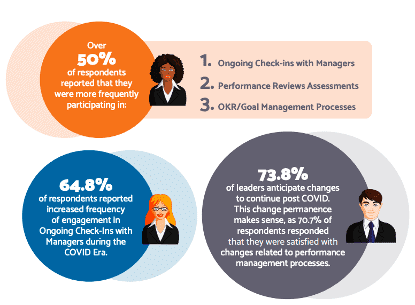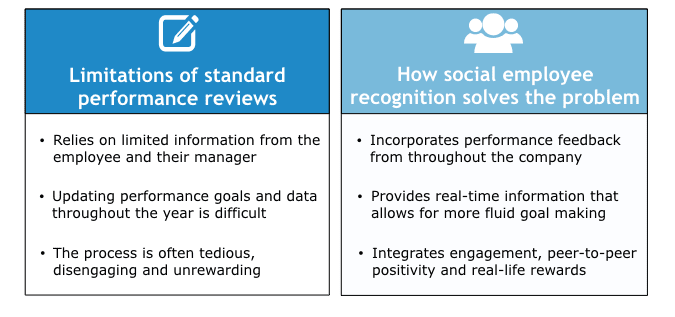2020 has been a year of complex experiences, revelations and learnings. As a result, we have understood that the way the world works can change drastically without warning. Most working people today are facing uncertainties coupled with family needs and probable financial tensity, presenting unprecedented challenges. Our functions and ways of life need to change in tandem.
A recent research by SHRM shows that ‘work-related concerns have left more than 40 percent of employees feeling burned out.’ In fact, many organizations have even taken the decision to skip performance reviews this year.
Keeping a tab on these ongoing transitions, we sought to understand how the recent shift in the way we work has affected performance management and people development processes. We curiously asked ourselves the question, “What has changed in performance management and people development during the COVID era?” To have a closer look at the changes and how it affects us, we conducted surveys on performance management and people development processes.
Want to know what we found? We will get there in a moment. But before that, allow us to give you some details about the survey.
Which industries did we cover?
The survey covered about 20 different industries. However, our results clustered into 5 key industries:
- Construction
- Manufacturing
- Healthcare
- Financial
- Telecommunications
These 5 key industries accounted for 50% of responses to the survey. (View survey)
What was the survey about?
As we have mentioned before in this article, we wanted to gauge how the pandemic has affected performance management. So we asked the leaders to report the degree of change for different performance management processes by reporting whether or not each of the performance management processes was occurring more or less frequently during COVID-19. They responded on a five point scale (1= significantly less frequent and 5 = significantly more frequent).
We focused the questions on these key areas performance management processes:
- Pay for Performance Incentives
- Usage of Performance Ratings
- Focus on OKR/Goal Management Processes
- Frequency of Reviews/Assessments
- Ongoing Check-Ins with Managers/Others
Wait! The survey does not end there. We wanted to be slightly more thorough. So after they reported on the degree of change they experienced during COVID, we asked the leaders two additional questions.
- Do you anticipate the changes to continue post COVID? (Yes or No)
- How satisfied they were about the changes to the performance management processes due to COVID? (1 = Very Dissatisfied and 5 = Very Satisfied).
Here is what we found!
So now that we have a better understanding about the changes in performance management and their impact, we come to the next important step.
Read: Performance Management and Employee Development in the Covid Era
Key takeaways for you:
- Performance Management process changes from once-a-year reviews to a continuous approach has been an ongoing shift. But it is clear that the impact of COVID to a virtual workforce has been an accelerant in that shift.
- Organizations are moving to a more continuous check-in based approach and also towards a Goal/OKR oriented approach to managing performance.
- Moreover, what we learnt from this survey is that these changes were welcomed by the leaders by and large.
Then the key question becomes, do these changes stick or is this only a temporal effect?
- It seems (at least from the current responses) that these changes may be permanent in the post COVID workplace. Permanence may be driven due to the fact that these shifts to a more progressive approach were well received and hence, there will be little reason to go back to the ‘Old Way’ of doing things.
Among the other questions, we pondered regarding use of ratings in performance reviews and changes in pay-for-performance models. It appears there was some shift in doing more Ratings-based Reviews and increased Pay for Performance, but the data did not suggest that it was significant enough to make a claim that that shift was more than temporary, possibly due to cost containment efforts. We will need to run another study in a few months to test our hypothesis. So keep a look out for the follow ups on this piece!
Want to view the detailed report? Click here.
Do you want to know how Engagedly can help you with Performance Management? We have live demo for you.


















